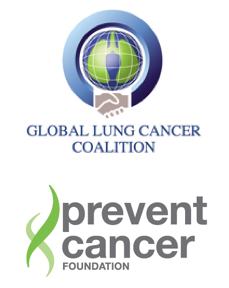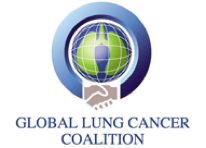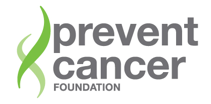

The state of lung cancer research in the United States
Lung cancer significantly lags behind other cancers in research dollars
New research has found the United States ranks first out of 24 in terms of the top countries researching lung cancer[i]. However, lung cancer research in the U.S. significantly lags behind other cancer sites in both the number of studies and amount of funding it receives.
Globally, just 5.6 percent of cancer research is dedicated to lung cancer, despite it being the most common cancer in the world for several decades and the most common cause of death from cancer.
Despite the high mortality rate both abroad and here in the U.S., lung cancer research remains woefully underfunded. In fact, the National Institutes of Health provides just $1,479 in research dollars per lung cancer death, significantly lower than other leading cancer sites like colon ($5,804 per death), prostate ($9,432 per death) and breast ($19,250 per death).
Research is essential to drive improvements in cancer prevention, screening, diagnoses and treatments[ii]. It is clear that lung cancer research is not being prioritized to a level that reflects its significant impact.
That’s why the Prevent Cancer Foundation recently hosted its 13th annual Quantitative Imaging Workshop (formerly the Lung Cancer Workshop). The Quantitative Imaging Workshop has a long history of convening experts from a variety of fields to change outcomes for people with lung cancer. This event brings these experts together to discuss quantitative imaging as a biomarker for detection and management of lung cancer and other tobacco-induced diseases.
The Workshop focused on how to refine the way small lesions are measured with high quality, low-dose spiral CT scans and how to best store full imaging data in a database so the files can be accessed for further research. As part of the Workshop, the first ever crowd-sourced challenge asked imaging facilities to submit their CT scanning protocols to determine the best technology and techniques for screening for lung cancer.
Preliminary analysis of the study data presented at the Workshop revealed larger differences in CT scanning protocols than expected, but also revealed that many scans could be improved with more precise measurement and increased education and training for imaging technicians.
In order to accurately and comprehensively examine the state of global lung cancer research, the Global Lung Cancer Coalition (GLCC) recently commissioned the Institute of Cancer Policy at King’s College London, experts in the study of research systems. The GLCC wanted to understand what research is being carried out in lung cancer, by whom, and to ascertain if and where further investment can be made.
“It is encouraging that the U.S. is ranked first globally in lung cancer research, but this masks the fact lung cancer still receives a small proportion of overall cancer research domestically,” said Carolyn Aldigé, President and Founder of the Prevent Cancer Foundation. “Lung cancer patients are being left behind and poor survival rates here in the U.S. show there is still more that needs to be done.”
[i] Aggarwal A, Lewison G, Idir S, et al. The State of Lung Cancer Research: A Global Analysis; published in the Journal of Thoracic Oncology.
[ii] Yarden Y, Carols C, on behalf of the European Association for Cancer Research, Basic cancer research: why it is essential for the future of cancer therapy. European Journal of Cancer 2013, 49 issue 12. Accessed June 2015
